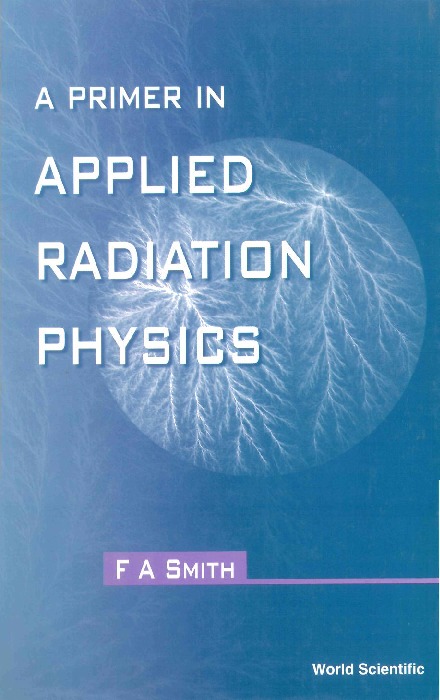CLCO57
LanguageENG
PublishYear1993
publishCompany
WSPC
EISBN
9789814503631
PISBN
9789810210984
- Product Details
- Contents
For scientific, technological and organizational reasons, the end of World War II (in 1945) saw a rapid acceleration in the tempo of discovery and understanding in nuclear physics, cosmic rays and quantum field theory, which together triggered the birth of modern particle physics. The first fifteen years (1945–60) following the war's end — the “Startup Period” in modern particle physics -witnessed a series of major experimental and theoretical developments that began to define the conceptual contours (non-Abelian internal symmetries, Yang-Mills fields, renormalization group, chirality invariance, baryon-lepton symmetry in weak interactions, spontaneous symmetry breaking) of the quantum field theory of three of the basic interactions in nature (electromagnetic, strong and weak). But it took another fifteen years (1960-75) — the “Heroic Period” in modern particle physics — to unravel the physical content and complete the mathematical formulation of the standard gauge theory of the strong and electroweak interactions among the three generations of quarks and leptons. The impressive accomplishments during the “Heroic Period” were followed by what is called the “period of consolidation and speculation (1975–1990)”, which includes the experimental consolidation of the standard model (SM) through precision tests, theoretical consolidation of SM through the search for more rigorous mathematical solutions to the Yang-Mills-Higgs equations, and speculative theoretical excursions “beyond SM”.Within this historical-conceptual framework, the author — himself a practicing particle theorist for the past fifty years — attempts to trace the highlights in the conceptual evolution of modern particle physics from its early beginnings until the present time. Apart from the first chapter — which sketches a broad overview of the entire field — the remaining nine chapters of the book offer detailed discussions of the major concepts and principles that prevailed and were given wide currency during each of the fifteen-year periods that comprise the history of modern particle physics. Those concepts and principles that contributed only peripherally to the standard model are given less coverage but an attempt is made to inform the reader about such contributions (which may turn out to be significant at a future time) and to suggest references that supply more information. Chapters 2 and 3 of the book cover a range of topics that received dedicated attention during the “Startup Period” although some of the results were not incorporated into the structure of the standard model. Chapters 4-6 constitute the core of the book and try to recapture much of the conceptual excitement of the “Heroic Period”, when quantum flavordynamics (QFD) and quantum chromodynamics (QCD) received their definitive formulation. [It should be emphasized that, throughout the book, logical coherence takes precedence over historical chronology (e.g. some of the precision tests of QFD are discussed in Chapter 6)]. Chapter 7 provides a fairly complete discussion of the chiral gauge anomalies in four dimensions with special application to the standard model (although the larger unification models are also considered). The remaining three chapters of the book (Chapters 7-10) cover concepts and principles that originated primarily during the “Period of Consolidation and Speculation” but, again, this is not a literal statement. Chapters 8 and 9 report on two of the main directions that were pursued to overcome acknowledged deficiencies of the standard model: unification models in Chapter 8 and attempts to account for the existence of precisely three generations of quarks and leptons, primarily by means of preon models, in Chapter 9. The most innovative of the final three chapters of the book is Chapter 10 on topological conservation laws. This last chapter tries to explain the significance of topologically non-trivial solutions in four-dimensional (space-time) particle physics (e.g. 't Hoof
Collected by
- Yale University
- Columbia University Library
- Stanford University
- University of Chicago
- UCB











